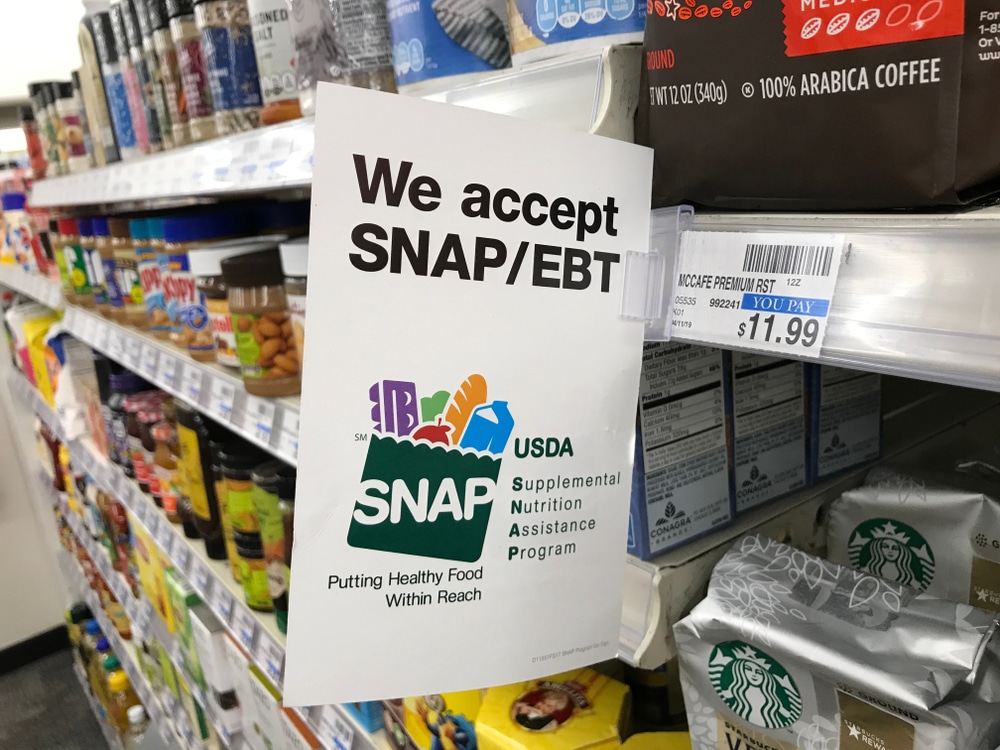
Breadlines by Design: How Dependency Became Policy
A Nation of Dependents by Design
The original article starts with a doozy: 42 million Americans, more than the population of Canada, now rely on government-subsidized food. That’s not just a statistic—that’s a five-alarm fire. But this isn’t a natural disaster. It’s the predictable outcome of central planning, paternalistic welfare policy, and bureaucratic rot. What began in 1964 as a “Great Society” initiative to patch up poverty became a Trojan horse that rolled dependency into the heart of the American household.
From Stringent Scrutiny to Open-Door Benefits
Early food stamp programs were a far cry from what we have today. You had to qualify under strict, almost humiliating conditions—low income, no assets, prove you're working or in training. Now? Just show up and breathe. And a significant portion of recipients are able-bodied and under 60. This isn’t a safety net. It’s a hammock.
Dependency Isn’t a Glitch—It’s a Feature
But here’s what needs to be said louder: this system wasn’t corrupted—it was designed this way. The state thrives on dependence. Every citizen on SNAP is a voter with a vested interest in expanding the welfare state, keeping the machine fed. You don’t dismantle that kind of system by tweaking eligibility. You burn it down from the foundation and build a society where individual responsibility replaces collective guilt.
EBT Moms and the Welfare-Industrial Complex
Let’s talk about the “EBT moms” phenomenon—controversial, sure, but not inaccurate. When incentives reward broken homes, guess what you get? Broken homes. Welfare doesn’t merely support single motherhood; it subsidizes it. And when nearly half of black households and a quarter of Hispanic households are headed by single mothers, with corresponding SNAP participation, the pattern is clear. These aren't unintended consequences. They're outcomes of policy aimed at dissolving traditional family structures and replacing them with government as provider.
SNAP Isn’t Just Welfare—It’s Market Sabotage
In economic terms, every dollar spent on SNAP is a dollar the market never sees. It distorts behavior, disincentivizes productivity, and redirects capital into the hands of bureaucrats who couldn't run a lemonade stand without a permit. We’re not just talking food stamps—we're talking economic sabotage.
Digital Breadlines and the Calm Before the Clampdown
And don't think the timing of all this is coincidental. With inflation spiraling, job markets choking, and government budgets bleeding red, the solution isn’t belt-tightening—it’s dependency expansion. Keep the masses fed, numbed, and docile. Breadlines have gone digital, and most Americans are too distracted by screens to notice the shackles.
Reform Is Triage—We Need a Bonfire
Sure, work requirements, deposits, and child limits on SNAP eligibility might patch some holes. But the real fix isn’t reform. It’s repeal. Burn the SNAP structure to the ground and start over with localized, voluntary charity. Let families, churches, and communities pick up the slack—not some D.C. technocrat who’s never missed a meal.
Call to Action
If you think this is bad now, wait until the FedNow system ties your digital wallet to your social credit score. The time to act is yesterday. Download "Seven Steps to Protect Yourself from Bank Failure" by Bill Brocius before they make that illegal too.
👉 Download Here











